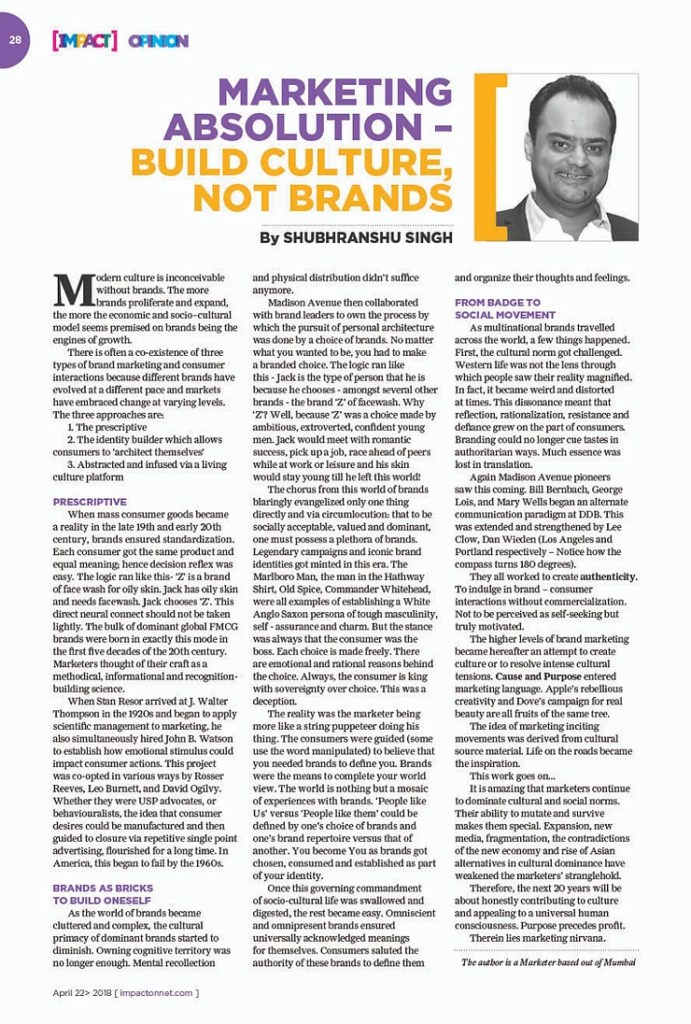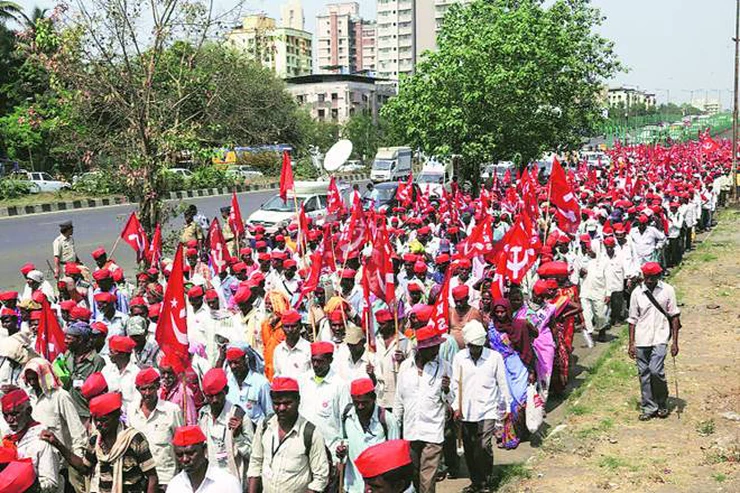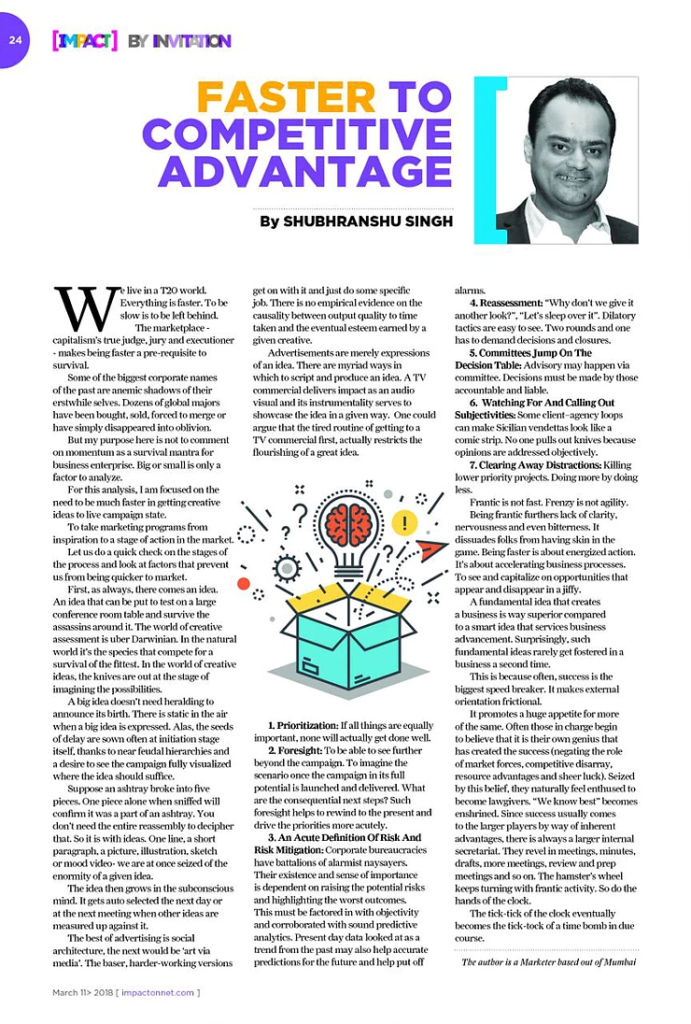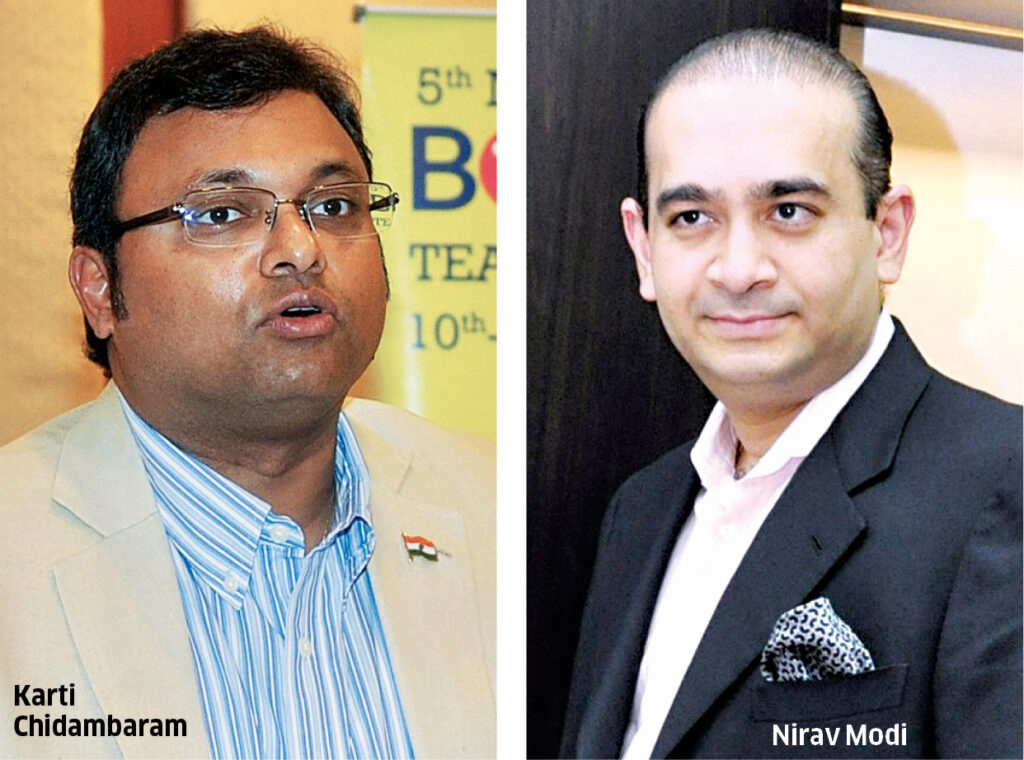Marketing absolution – build culture, not brands
Modern culture is inconceivable without brands. The more brands proliferate and expand, the more the economic and socio–cultural model seems premised on brands being the engines of growth. There is often a co-existence of three types of brand marketing and consumer interactions because different brands have evolved at different pace and markets have embraced change at varying levels. The three approaches are: 1. The prescriptive 2. The identity builder that allows consumers to ‘architect themselves‘ 3. Abstracted and infused via a living culture platform Prescriptive When mass consumer goods became a reality in the late 19th and early 20th century, brands ensured standardization. Each consumer got the same product and equal meaning hence decision reflex was easy. The logic ran like this – ‘Z’ is a brand of face wash for oily skin. Jack has oily skin and needs face wash. Jack chooses ‘Z’. This direct neural connect should not to be taken lightly. The bulk of dominant global FMCG brands were born in exactly this mode in the first five decades of the 20th century. Marketers thought of their craft as a methodical informational and recognition building science. When Stan Resor arrived at J. Walter Thompson in the 1920s and began to apply scientific management to marketing he also simultaneously hired John B.Watson to establish how emotional stimulus could manage consumer actions. This project was co-opted in various ways by Rosser Reeves, Leo Burnett, and David Ogilvy. Whether they were USP advocates, or behaviouralists, the idea that consumer desires could be manufactured and then guided to closure via repetitive single point advertising flourished for a long time. In America, this began to fail by the 1960s. Brands as bricks to build oneself As the world of brands became cluttered and complex, the cultural primacy of dominant brands started to diminish. Owning cognitive territory was no longer enough. Mental recollection and physical distribution didn’t suffice anymore. Madison Avenue then collaborated with brand leaders to own the process by which the pursuit of personal architecture was done by choice of brands. No matter what you wanted to be, you had to make a branded choice. The logic ran like this – Jack is the type of person that he is because he chooses – amongst several other brands the brand ‘Z’ of face wash. Why ‘Z’? Well, because Z was a choice made by ambitious, extroverted, confident young men. Jack would meet with romantic success, pick up a job, race ahead of peers while at work or leisure and his skin would stay young till he left this world! The chorus from this world of brands blaringly evangelized only one thing directly and via circumlocution – that to be socially acceptable, valued and dominant you must possess a plethora of brands. Legendary campaigns and iconic brand identities got minted in this era. The Marlboro Man, The man in the Hathway Shirt, Old Spice, Commander Whitehead for example were about establishing a White Anglo Saxon persona of tough masculinity, self-assurance and charm. But the stance was always that the consumer was the boss. Each choice is made freely. There are emotional and rational reasons behind the choice. Always, the consumer is King with sovereignty over choice. This was a deception. The reality was the marketer being more like a string puppeteer doing his thing. The consumers were guided (some use the word manipulated) – You needed brands to define you. Brands were the means to complete your world view. The world is nothing but a mosaic of experiences with brands. ‘People like Us’ vs. ‘People like them’ could be defined by one’s choice of brands and one brand repertoire vs. that of another. You become You as brands got chosen, consumed and established as part of your identity. Once this governing commandment of socio-cultural life was swallowed and digested, the rest became easy. Omniscient and omnipresent brands ensured universally acknowledged meanings for themselves. Consumers saluted the authority of these brands to define them and organize their thoughts and feelings. From badge to social movement As multinational brands travelled across the world a few things happened. First the cultural norm got challenged. Western life was not the lens through which people saw their reality magnified. In fact, it became weird and distorted at times. This dissonance meant that reflection, rationalization, resistance and defiance grew on part of consumers. Branding could no longer cue tastes in authoritarian ways. Much essence was lost in translation. Again Madison Avenue pioneers saw this coming. Bill Bernbach, George Lois, Mary Wells began an alternate communication paradigm at DDB. This was extended and strengthened by Lee Clow, Dan Wieden (Los Angeles and Portland respectively – notice how the compass turns 180 degrees). They all worked to create authenticity. To indulge in brand – consumer interactions without commercialization. Not to be perceived as self-seeking but truly motivated. The higher levels of brand marketing became hereafter an attempt to create culture or to resolve intense cultural tensions. Cause and Purpose entered marketing language. Apple’s rebellious creativity and Dove’s campaign for real beauty are all fruits of the same tree. The idea of marketing inciting movements was derived from cultural source material. Life on the roads became the inspiration. This work goes on… It is amazing that marketers continue to dominate cultural and social norm. Their ability to mutate and survive makes them special. Expansion, new media, fragmentation, the contradictions of the new economy and rise of Asian alternatives in cultural dominance have weakened the marketers’ stranglehold. Therefore, the next 20 years will be about honestly contributing to culture and appealing to a universal human consciousness. Purpose precedes profit. Therein lies marketing nirvana. https://www.exchange4media.com/advertising-news/guest-column-marketing-absolution-build-culture-not-brands-shubhranshu-singh-89373.html
Marketing absolution – build culture, not brands Read More »







